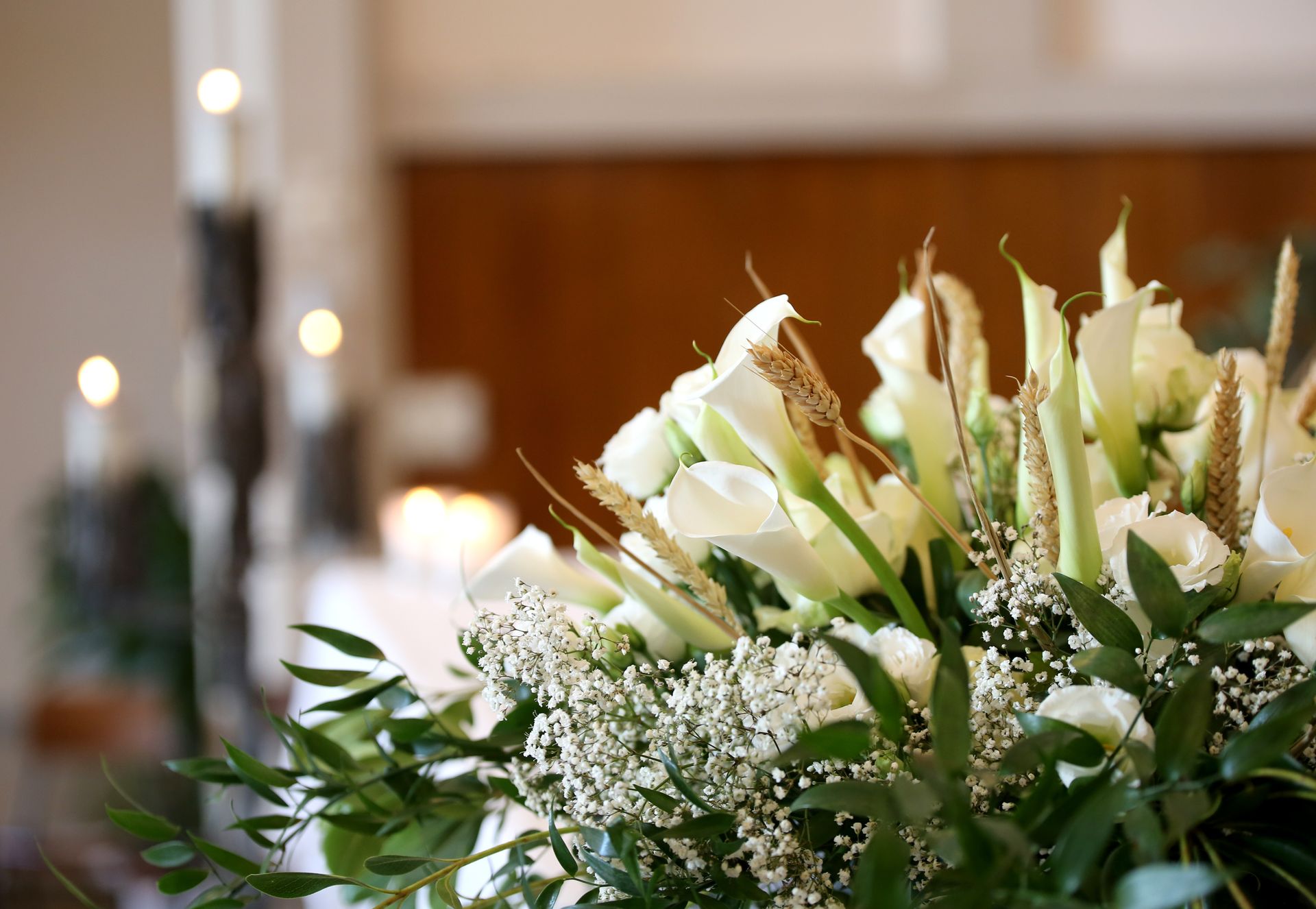Understanding Social Security Benefits After a Loved One’s Passing

The death of a loved one is an emotionally challenging experience, often compounded by the financial uncertainty that follows. However, Social Security benefits can provide crucial financial support to help surviving family members navigate this difficult time. These benefits, administered by the Social Security Administration (SSA), are specifically designed to assist eligible survivors such as spouses, children, and in some cases, dependent parents. Understanding how these benefits work and who qualifies can make a significant difference in reducing financial stress during this period of grief.
Who is Eligible for Survivor Benefits?
Survivor benefits from Social Security are available to a range of family members, and eligibility depends on various factors including age, relationship to the deceased, and any disabilities. Let’s explore who may qualify:
- A surviving spouse: A widow or widower can begin receiving benefits as early as age 60, or at age 50 if they are disabled. If the surviving spouse is caring for the deceased's child who is under 16 or disabled, they may be eligible for benefits at any age.
- Children: Biological children, adopted children, and sometimes stepchildren can receive benefits if they are under the age of 18. If a child is still in high school, they can receive benefits until age 19. Additionally, if a child is disabled and the disability occurred before they turned 22, they may also be eligible for lifetime benefits.
- Dependent parents: If the deceased was providing at least half of their parent’s financial support, and the parent is 62 or older, they may qualify for survivor benefits.
Beyond these primary groups, there may be other specific scenarios where relatives, such as ex-spouses, may also qualify for benefits under certain conditions. For example, a divorced spouse can receive benefits if they were married to the deceased for at least 10 years and meet the same age or disability requirements as a surviving spouse.
The Lump-Sum Death Payment
In addition to monthly survivor benefits, a one-time lump-sum death payment of $255 may be available to eligible survivors. This payment is typically made to a surviving spouse who was living with the deceased at the time of death. If there is no surviving spouse, the payment may go to the deceased’s children who meet the necessary eligibility criteria.
While the $255 death payment may not seem like a large amount, it can help cover immediate costs, such as final expenses or funeral arrangements, offering families a little relief during an already stressful time.
How to Apply for Survivor Benefits
Applying for Social Security survivor benefits requires taking a few important steps. It’s crucial for survivors to notify the SSA as soon as possible after the loved one’s passing. In many cases, the funeral home can report the death to the SSA if provided with the deceased’s Social Security number. Once notified, the SSA will begin the process of assessing eligibility for survivor benefits.
The following documents are typically required to apply for survivor benefits:
- The deceased’s Social Security number
- Proof of the applicant’s relationship to the deceased (such as a marriage certificate or birth certificate)
- The applicant’s own Social Security number
- A death certificate issued by the funeral home or state authority
Survivors can apply for benefits online via the SSA’s website, by phone, or in person at a local Social Security office. It’s worth noting that while some applications can be completed online, others, such as those for children or dependent parents, may require an in-person visit or a phone interview.
When Do Benefits Begin?
Once approved, Social Security survivor benefits typically begin the month after the loved one has passed away. However, it’s important to act quickly in submitting an application, as retroactive benefits are limited to six months. If the survivor waits too long, they may miss out on receiving benefits for earlier months.
Additionally, the amount of survivor benefits varies depending on factors like the deceased’s lifetime earnings, the survivor’s age, and their relationship to the deceased. The SSA uses a complex formula to calculate the benefits, but in general, the more the deceased paid into Social Security during their lifetime, the higher the benefits will be for their survivors.
Planning for the Future
Social Security benefits play a critical role in supporting families after the loss of a loved one, providing both short-term and long-term financial relief. If you find yourself in this situation, it’s essential to familiarize yourself with the qualifications and application process to ensure you secure the necessary financial support during this challenging time.
For those currently planning their estates, it’s also a good idea to discuss these benefits with loved ones so they are aware of what assistance may be available. Proper planning can reduce confusion and stress when these benefits are needed.
For personalized assistance, survivors can always reach out to their local Social Security office for guidance.








